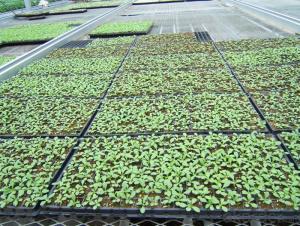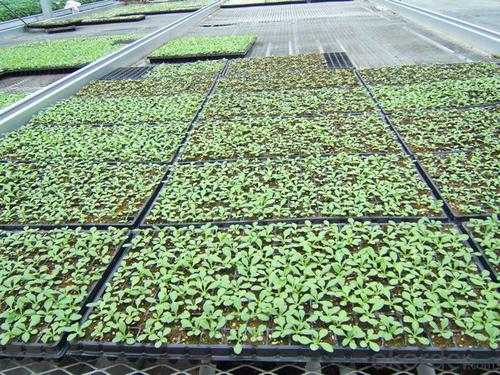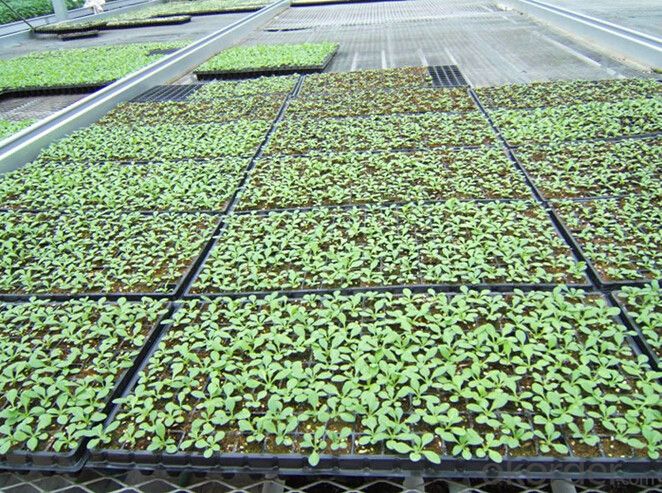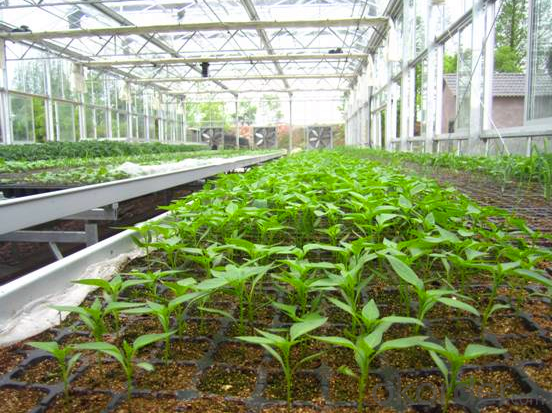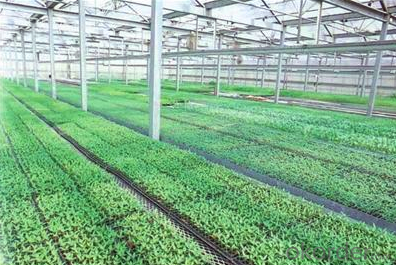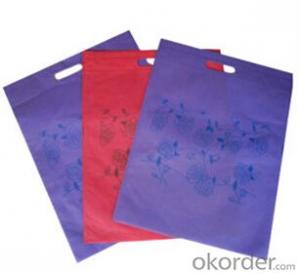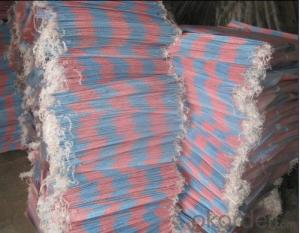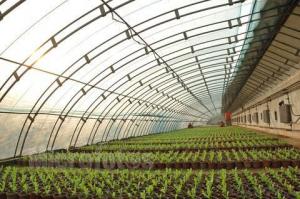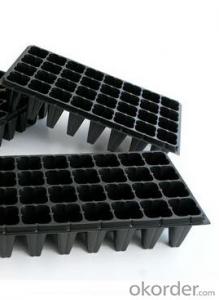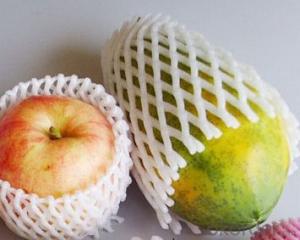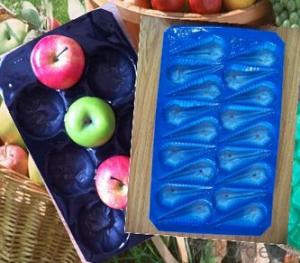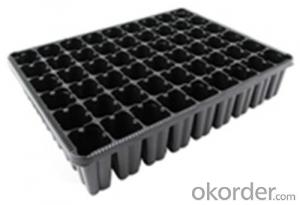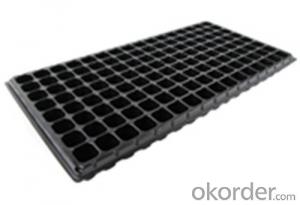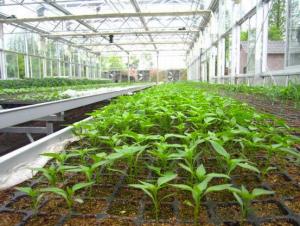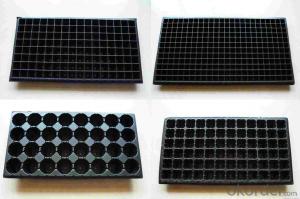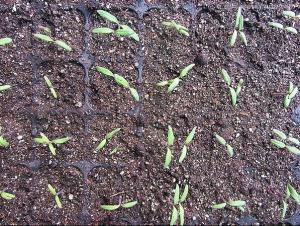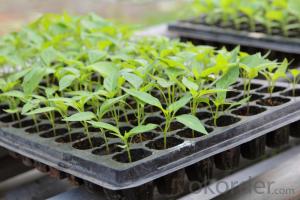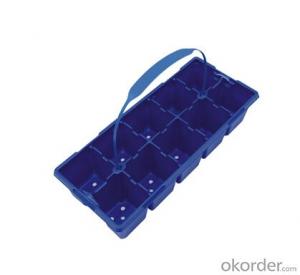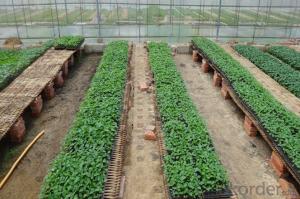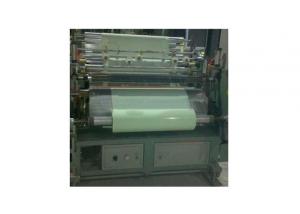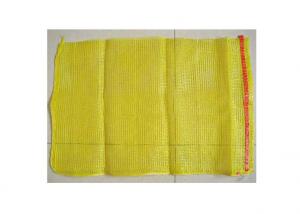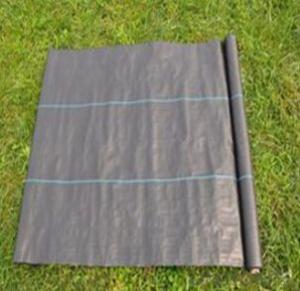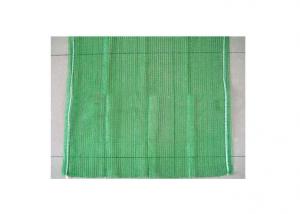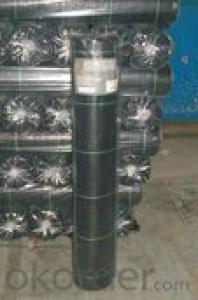2016 Hot New Products Hydroponic Garden Greenhouse Propagation Root Heat Mat /Seed Cell Plug Tray
- Loading Port:
- China main port
- Payment Terms:
- TT OR LC
- Min Order Qty:
- 3000 pc
- Supply Capability:
- 2000000 pc/month
OKorder Service Pledge
OKorder Financial Service
You Might Also Like
Specification of Plug Trays HIPS Made Plastic Plug Tray for Greenhouse (Growing and Seedling):
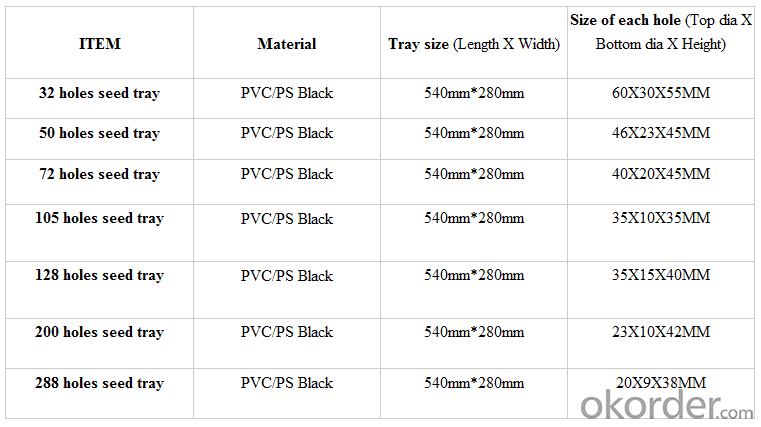
Features of Plug Trays HIPS Made Plastic Plug Tray for Greenhouse (Growing and Seedling):
· Material: HIPS
· Thickness: 0.5mm-1.5mm, Standard:1mm
· Weight: 80g(±5)g-230g(±5)g, Standard weight:155g(±5)g
· Size: length:490mm-540mm, width:190mm-345mm,depth:25mm-150mm
· Standard:540mmX280mm
· Cell count: 18-512
· Package: In Carton
· Warrenty: 8-10 times
Packaging & Delivery
Packing Detail: export standard carton or large bags
Delivery time: 4 million per momth after receipt of deposit
Advantage:
Waterproof, UV-resistant, extrusion-resistant
Easy carry for young seeding plant and grow
Service:
1. Quick, efficient and professional response within 24 hours, 14 hours online services
2. 10 years manufacturing and exporting experience in agriculture field.
3. Technical support and solution by chief engineer.
4. Strict quality control system & team, high reputation in the market.
5. Full range of irrigation products for choice
6. OEM/ODM services
7. Accept sample order before Mass Order
Picture of Plug Trays HIPS Made Plastic Plug Tray for Greenhouse (Growing and Seedling):
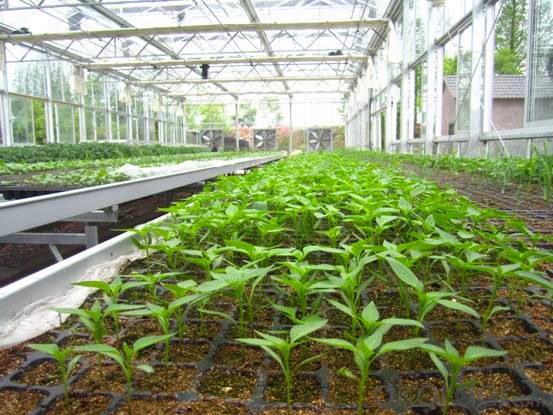
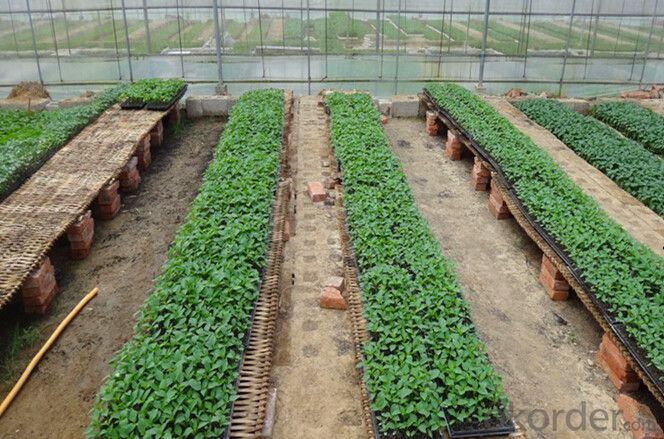
FAQ of Plug Trays HIPS Made Plastic Plug Tray for Greenhouse (Growing and Seedling):
Q: 1.How long is the production time?
A: Usually one to two weeks.
Q: 2.How is the seed tray being packaged?
A: They can be packaged in carton or pallets. Carton size is 1375px*725px*1250px.
Q:3.How many times can the seed tray be used?
A: Under the same environment, it is decided by the thickness. Usually 0.6mm thickness can be used for 1 or 2 times.
1.0 thickness can be used for 3-4 times. 1.5 thickness can be used for 8-10 times.
- Q: What are the different types of agricultural plastic tapes?
- There are several types of agricultural plastic tapes used in farming practices. Some common types include mulch film, irrigation tape, and greenhouse film. Mulch film is used to cover the soil, preventing weed growth and conserving moisture. Irrigation tape is a thin, perforated plastic tape that is laid alongside plants to deliver water directly to their roots. Greenhouse film is a durable, transparent plastic covering used to construct greenhouses, providing protection and controlled growing conditions for plants.
- Q: This question asks about the methods farmers employ to safeguard their crops from frost damage by utilizing agricultural plastic products.
- <p>Farmers protect their crops from frost using agricultural plastic products in several ways. One common method is by using plastic mulch, which helps to retain heat in the soil, thereby reducing the risk of frost damage. Another technique is employing plastic row covers or tunnel films to create a microclimate around the plants, keeping them warm and protected. These covers can be removed as temperatures rise, allowing for natural light and air circulation. Frost blankets, made of plastic or other materials, are also used to cover crops directly, providing insulation against cold temperatures. These practices help to maintain a consistent temperature around the crops, reduce the impact of frost, and ensure a successful harvest.</p>
- Q: Can nursery trays be used for starting succulent seedling arrangements?
- Yes, nursery trays can be used for starting succulent seedling arrangements. Nursery trays provide a convenient and organized way to start succulent seedlings, allowing for proper drainage and easy monitoring of the seedlings' growth. However, it is important to ensure that the trays have adequate drainage holes and are filled with well-draining soil to prevent overwatering and root rot.
- Q: What is the best ground cover for a coastal bluff garden?
- One of the best ground covers for a coastal bluff garden is beach strawberry (Fragaria chiloensis). It is a hardy plant that can tolerate the harsh conditions of coastal areas, including strong winds and salt spray. Its low-growing nature and spreading habit create a dense mat that helps stabilize the soil on the bluff. Additionally, beach strawberry produces attractive white flowers and edible berries, making it a versatile and visually appealing choice for coastal gardens.
- Q: What are the benefits of using plastic plant pots for nursery plants?
- There are several benefits of using plastic plant pots for nursery plants. Firstly, plastic pots are lightweight and easy to move around, making it convenient to rearrange or transport plants as needed. Secondly, plastic pots have excellent drainage properties, preventing waterlogging and root rot. Additionally, plastic pots are durable and long-lasting, withstanding various weather conditions and reducing the need for frequent replacements. Lastly, plastic pots are relatively inexpensive compared to other materials, making them a cost-effective option for nurseries.
- Q: Can ground cover plants be used to improve soil fertility?
- Yes, ground cover plants can be used to improve soil fertility. These plants help to prevent erosion and retain moisture in the soil, reducing nutrient loss. They also contribute organic matter when their leaves and stems decompose, enriching the soil with nutrients. Additionally, some ground cover plants have the ability to fix nitrogen from the atmosphere, making it available for other plants. Overall, ground cover plants play a vital role in enhancing soil fertility and promoting a healthy ecosystem.
- Q: This question asks for methods to efficiently recycle agricultural plastic products.
- <p>To recycle agricultural plastic products efficiently, follow these steps: 1) Collect and sort the plastic waste by type and color. 2) Clean the plastic to remove dirt and contaminants. 3) Compact or shred the plastic into smaller pieces for easier transportation. 4) Use mechanical or chemical processes to break down the plastic into raw material form. 5) Reprocess the raw material into new plastic products. 6) Implement proper waste management practices on the farm to reduce plastic waste generation. 7) Encourage the use of biodegradable plastics in agriculture. 8) Collaborate with local recycling centers and waste management facilities to ensure proper disposal and recycling. 9) Educate farmers and the community about the importance of recycling agricultural plastics. 10) Advocate for policies that support recycling and the development of eco-friendly alternatives.</p>
- Q: What are the advantages of using plastic ground covers in weed control?
- Plastic ground covers offer several advantages in weed control. Firstly, they act as a physical barrier, preventing weeds from accessing sunlight and nutrients, thus inhibiting their growth. Additionally, plastic covers help retain moisture in the soil, reducing the need for frequent watering. They also provide insulation, promoting healthier root growth and protecting plants from extreme temperatures. Moreover, plastic covers are durable and long-lasting, providing a cost-effective solution compared to other weed control methods.
- Q: How does ground cover affect the overall soil compaction in a garden?
- Ground cover can help reduce overall soil compaction in a garden. By covering the soil surface, ground cover provides a protective layer that helps prevent direct contact between the soil and external factors like heavy rainfall or foot traffic. This protective layer acts as a barrier, reducing the impact and pressure applied to the soil, which can lead to less compaction over time. Additionally, ground cover helps retain moisture in the soil, promoting better soil structure and reducing the likelihood of compaction caused by dryness.
- Q: Plastic film damage to your health
- Plastic contaminated plastic waste can cause white pollution because it is not easily decomposed in the environment
Send your message to us
2016 Hot New Products Hydroponic Garden Greenhouse Propagation Root Heat Mat /Seed Cell Plug Tray
- Loading Port:
- China main port
- Payment Terms:
- TT OR LC
- Min Order Qty:
- 3000 pc
- Supply Capability:
- 2000000 pc/month
OKorder Service Pledge
OKorder Financial Service
Similar products
Hot products
Hot Searches
Related keywords
